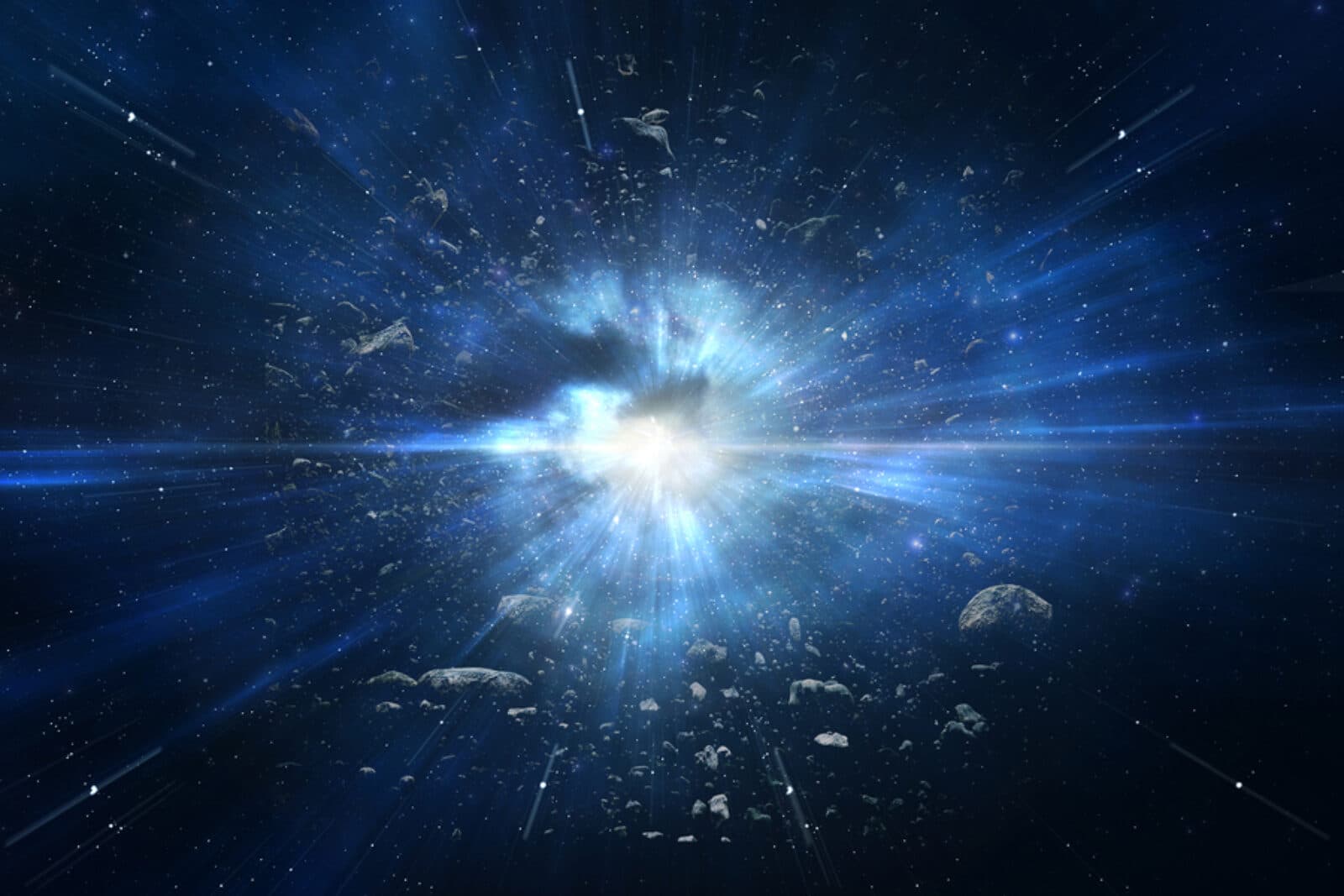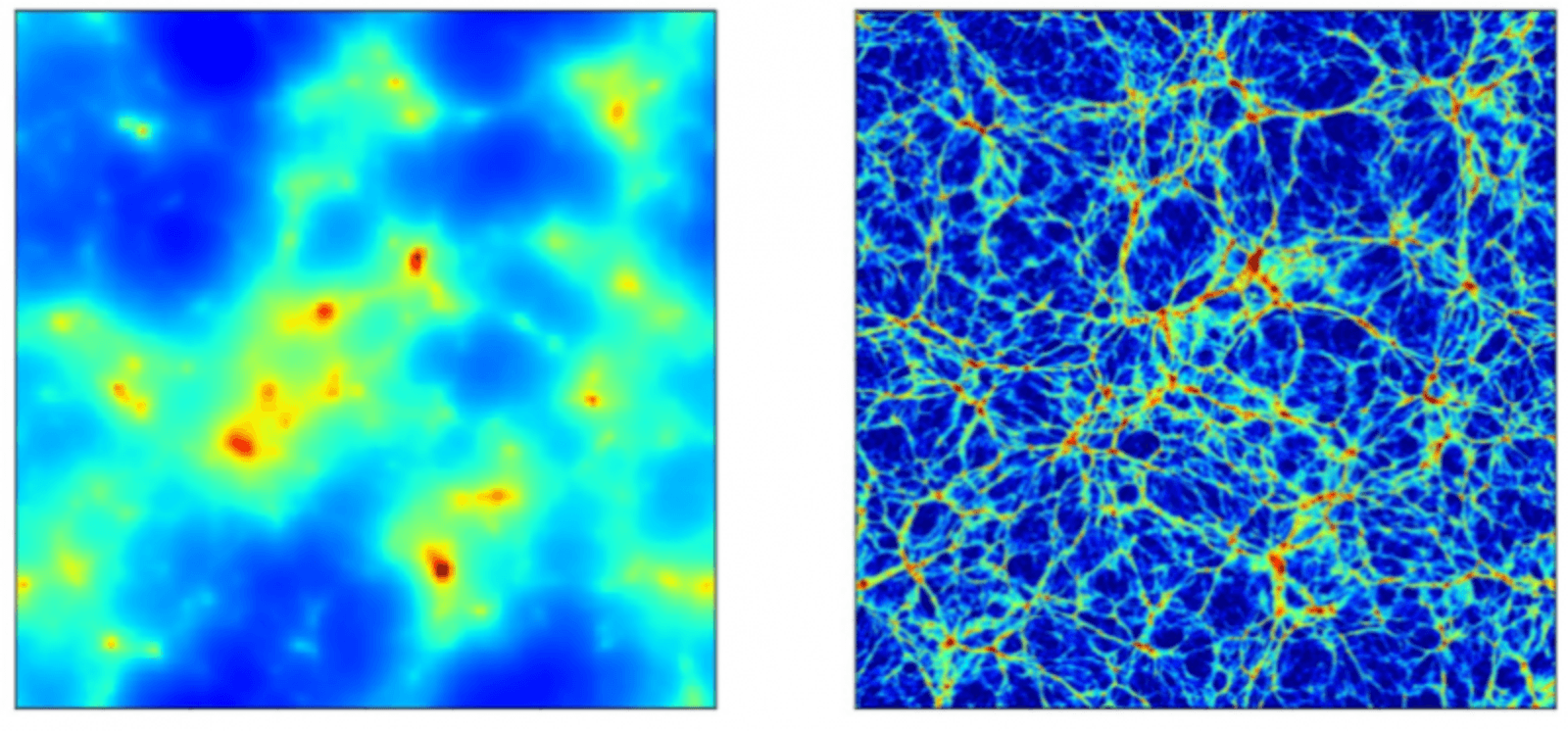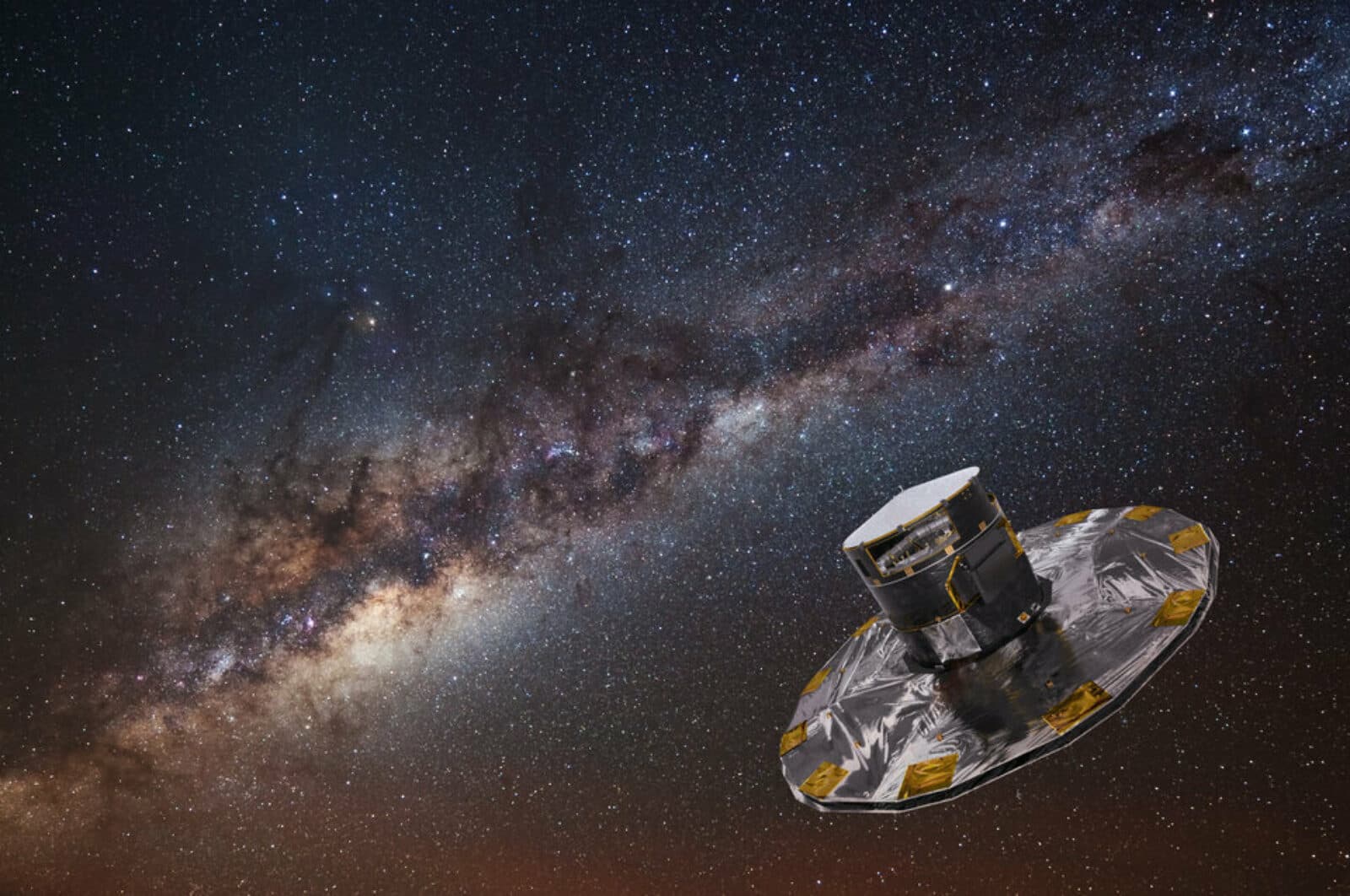How to Appreciate Fleeting Celestial Events
by Adam Hadhazy
Knowing and grasping what's to come in the sky above can offer moments of wonder

The Author
Another year is in the books, and for many of us, 2020 will not be missed. What will be missed, though (and for a lot of readers probably were, in fact, missed): Celestial delights that won't come around again for decades. In October 2020, Mars reached what astronomers call opposition, when the Red Planet aligned directly facing the Sun with the Earth located in between. That orientation makes for a "full Mars," like a full Moon, with the planet's whole disk lit up and reflecting sunlight squarely back at us. In addition, Mars at that time happened to be near perihelion, or its closest point to the Sun in its orbit, and thus as close to Earth as it ever gets. Putting all that together, Mars appeared the biggest and brightest that it will in the Northern Hemisphere's sky until 2052. That wait of 32 years will be short, though, compared to when Jupiter and Saturn again come as close to each other in the sky as they did on December 21, 2020. A so-called great conjunction, the two worlds looked as though they were almost touching, separated in the sky by just a fifth of the diameter of the full Moon. It's a chance alignment, given that nearly 400 million miles are actually separating Jupiter and Saturn, aligned just so in their orbits from our perspective. It's also a rare alignment. The last time the biggest and second-biggest planets in our solar system got so close? Oh, about 800 years ago, in 1226. Luckily, the next great conjunction will happen in 2080, just mere 60 years hence. That is far out calendrically enough, though, that readers not in their teens and twenties today have admittedly low odds of still being around to catch the sight again. It's all a reminder, despite the turmoil of a global pandemic and the general precariousness of our existence as living beings, that the cosmos has its own agenda, its own inexorability and steadfastness, that we can actually understand. The progress of astronomy and astrophysics over the centuries has, remarkably, given us humans the ability to accurately predict what is to come celestially, as well as predict what came before. With any luck, continuing scientific progress will get our species past the coronavirus. In time, it will likely get us to where the current conundrums of how the universe works unfold right before us, as plainly calculable—and appreciable—as the relentless movements of the worlds above.
Neutrinos punch above their weight, shaping galaxies
Mere wisps of matter, neutrinos still make their presence felt. Although the mass of these ultralightweight particles is so low that we're unable to actually measure it, neutrinos' sheer abundance—they're the second most abundant particle in the cosmos, after photons—has ensured that they, well, matter. A study by a team of researchers including members of the Kavli Institute for the Physics and Mathematics of the Universe (Kavli IPMU) at the University of Tokyo has newly made this point. The team modeled the effect of neutrinos in molding the distribution of galaxies. Depending on simulated ranges of the hypothetical neutrino mass, neutrino-rich space can suppress the clustering of dark matter, an enigmatic substance that forms a sort of gravitational scaffold upon which galaxies often glom. In short, neutrinos shape the universe. Measuring this shape will help in pinning down neutrino properties further.

New cosmic distance recordholder notched
There's a new leader atop the board for the most distant astrophysical objects known. The top spot goes to a galaxy designated GN-z11, which new observations have pegged at a distance of 13.4 billion light years. That means the galaxy has been glimpsed as it appeared a mere 400 million years after the big bang. The 10-meter Keck I telescope in Hawaii succeeded in catching the faint light signatures from the far-flung object. The research result, arrived at by a team led by a scientist at the Kavli Institute for Astronomy and Astrophysics (KIAA) at Peking University, was further bolstered by the coincidental and serendipitous detection of gamma ray burst from the distant galaxy.
Gravitational wave whispers from the big bang sought
Our world is awash in the ripples in spacetime known as gravitational waves. The waves we can detect thus far are from "loud," relatively recent astrophysical events, such as the collisions of black holes and neutron stars. Lost in this cacophony are the "quiet" gravitational waves theoretically unleashed by the big bang itself 13.8 billion years ago. Researchers at the Massachusetts Institute of Technology’s Kavli Institute for Astrophysics and Space Research (MKI), who specialize in gravitational wave hunting as one of the co-leads on the LIGO project, are working on how we might ever detect these primordial g-waves. In a new paper, the researchers account for the loud waves, canceling them out, while also innovatively simulating what the primordial gravitational waves are expected to sound like. Crucially, the big bang gravitational waves should be a constant, low hum coming from all directions at Earth, unlike louder, more recent events, meaning that any two gravitational wave detectors on our planet should detect this same hum if it is in fact there. The new paper helps set the stage for someday discerning that hushed signal from the origin of everything.
Latest Gaia data to help in tracing the history of the Milky Way and its stellar populations
Gaia is the gift that keeps on giving. In early December, researchers eagerly unwrapped the latest early data release from the Gaia spacecraft, which is mapping the Milky Way with unprecedented precision. The data release is but a taste of the full release, expected in 2022. But this early data will still provide astronomers with a wealth of astrometry and photometry measurements that, for example, reveal co-moving populations of stars. Those measurements help advance our knowledge of where and in what manner stars form, and how they together en masse comprise the visible portion of galaxies. Researchers at the Kavli Institute for Cosmology, Cambridge (KICC) are involved in the Gaia effort.

Cosmological crises deepens, courtesy of Gaia
The latest Gaia data has also further plunged cosmology into an ongoing crisis, albeit a scientifically juicy and welcome one. Different, but independently well-supported methods of measuring the so-called Hubble constant—the expansion rate of the universe—keep delivering incompatible results, with an as-yet-unexplained discrepancy of about 10% between the fastest and slowest rates. The new Gaia results have reduced a significant amount of remaining error regarding the distances to nearby stars; these distances serve as the first "rung" in the "cosmic distance ladder," used to infer distance to stars and other objects, which in turn are used to calculate the cosmic expansion rate. Kavli-affiliated researchers, in particular Wendy Freedman at the Kavli Institute for Cosmological Physics (KICP) at the University of Chicago, are involved in the ongoing crisis. In a Quanta article, Freedman shares that she hopes that the discrepancies in the Hubble constant measurements will open the door to new physics—new physics that could ultimately encompass and explain other abiding major mysteries, such as dark matter and dark energy.